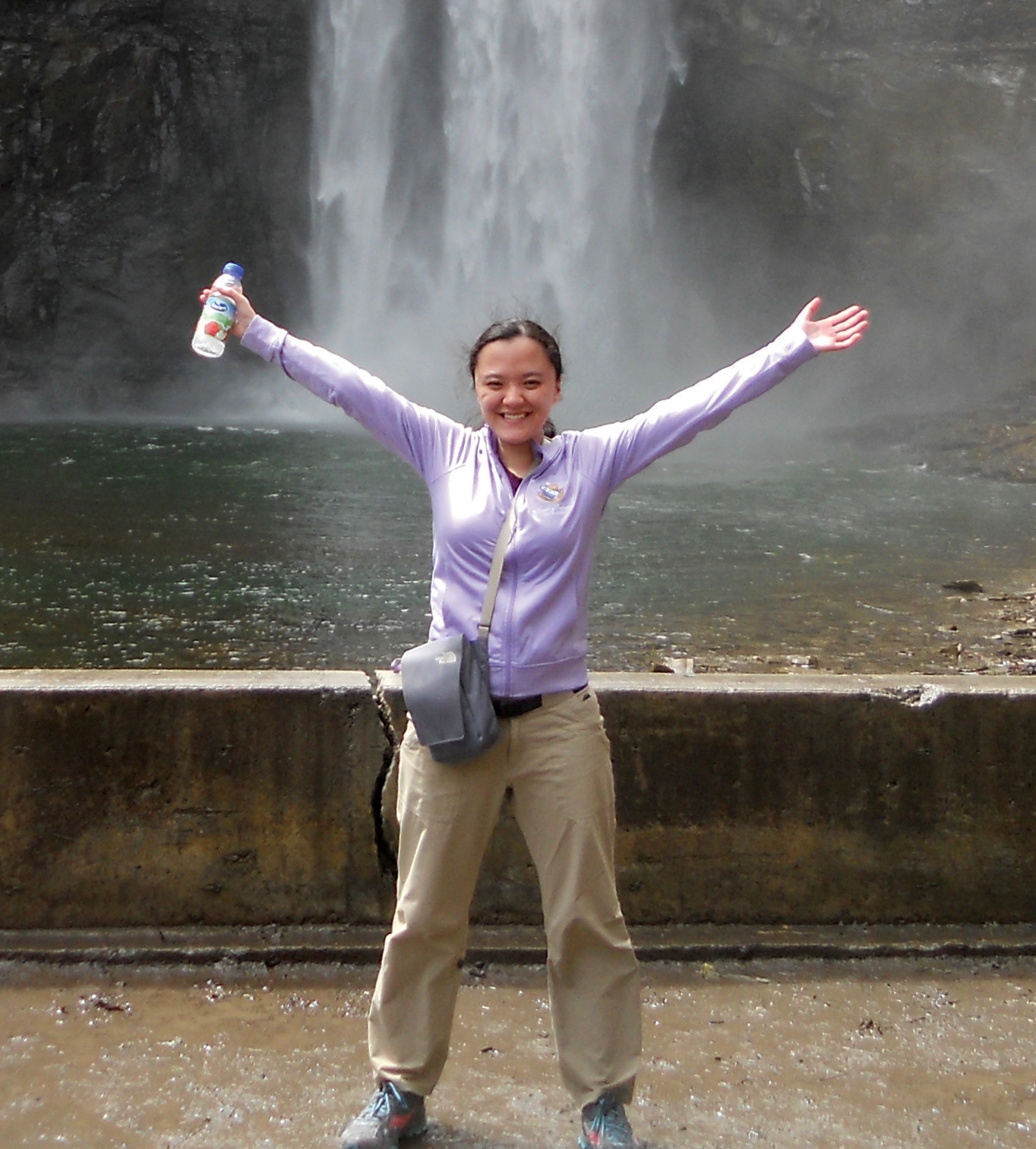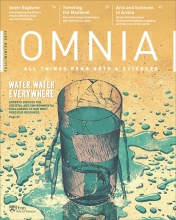Erynn Johnson, a Ph.D. candidate in Earth and Environmental Science, models Mesozoic Era shells using mathematic formulas and 3-D printing, to see if predators had an effect on their evolution. She’s conducting her research in the lab of Lauren Sallan, Martin Meyerson Assistant Professor in Interdisciplinary Studies.
“My hypothesis is that the shapes of shells changed to become more protective, and that changed the makeup of the ecosystem,” says Johnson, a National Science Foundation Graduate Research Fellow. If her hypothesis is true, it would help us determine the impact of human predation today.
“Snails come in a lot of different shapes, but all the shells use a similar pattern, which makes them great for modeling,” she says. She’s theorizing a variety of different shapes, then using 3-D printers to create physical models. Penn’s biomedical library helped her work out different materials to use for the printed shells, and Penn Engineering will allow her to test the shells in a compression machine to see how much force is required to crush each one. She can then compare her findings to the fossil record to see if the shell shapes that are most protective are in fact the ones that flourished after predators were introduced to the system.
Today, humans leave their own marks on the oceans, eating not only eat shelled mollusks like scallops, clams, and snails, but also the ocean predators who feed on them. “One thing that makes ecosystems more stable is when there are a lot of different groups doing a lot of different things,” says Johnson. “The way that people behave, we seem to target specific groups, like with fishing, and that’s not good for the rest of the ecosystem.”
Johnson sees 3-D printing as an outreach tool, as well. “Now you can physically hold the object, whether it’s a shell or a dinosaur bone. It’s opened up a whole new opportunity for this field, for us to be able to share information.” People sometimes call paleontology a gateway science, she says, “because kids go to a museum and see dinosaurs and think, wow, this is really cool. We have this opportunity to talk about stuff that is imaginative and exciting and different, and I think we should use it.”





